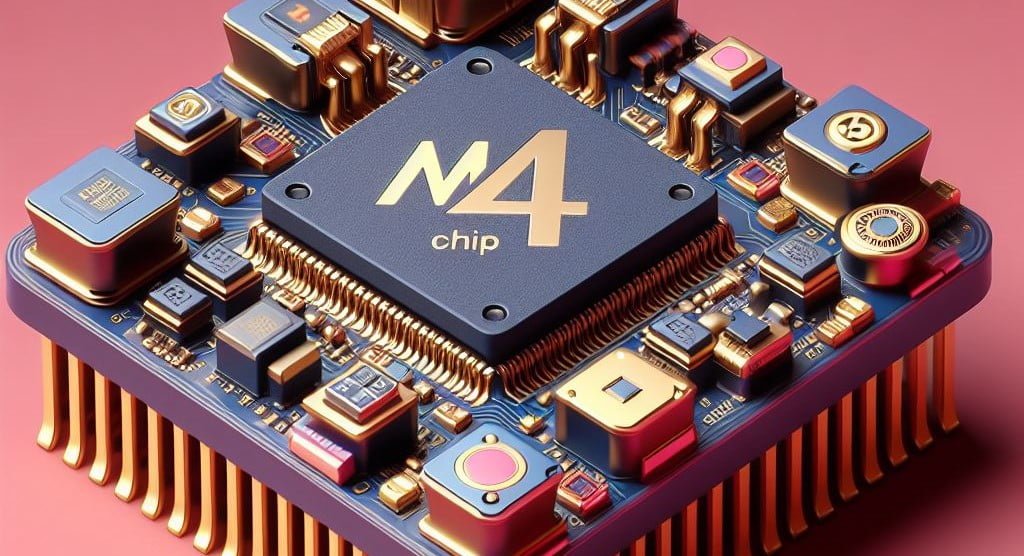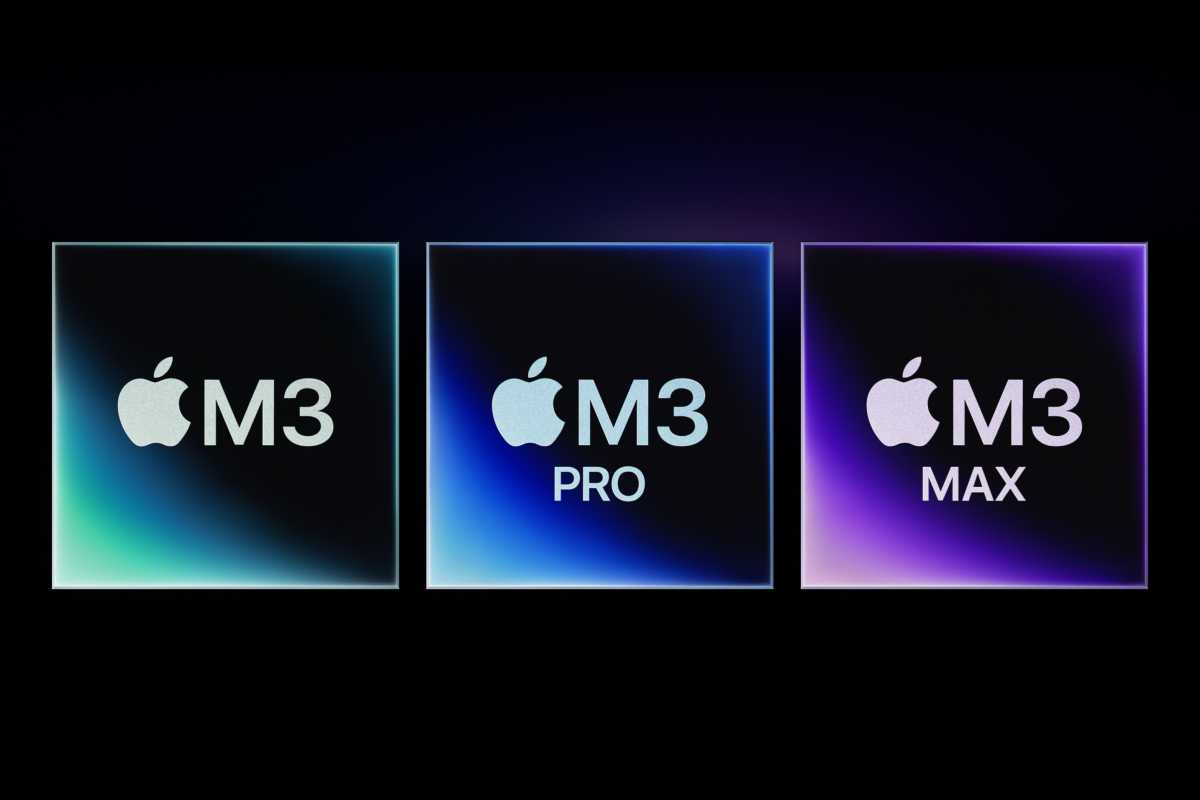
The M3 chip, unveiled just last October, now finds itself overshadowed by the arrival of its successor, the M4 chip, powering the latest iPad Pro. While this news may seem inconsequential to some, its implications extend far beyond the realm of iPads, shaping the future trajectories of both Mac and iPhone devices.
One might wonder: why the haste? Typically, the iPhone receives a new chip iteration annually alongside the launch of new models. Given the close relationship between the M series chips and their iPhone counterparts, Apple likely intended for the M series to follow a similar yearly cadence. However, the early introduction of the M4 disrupts this established pattern, signaling a departure from convention.
A new chip architecture
 Image: Apple
Image: Apple
The M3 was the first set of M-series chips made with the N3 process, a process that was quickly outdated.Exploring the intricate world of chip manufacturing, Apple’s recent advancements in chip architecture have raised eyebrows and sparked curiosity. Amidst the complexities lies a journey marked by innovation and adaptation.
Key Points:
- TSMC’s introduction of a new 3-nanometer process paved the way for Apple’s M3 and A17 Pro chips, lauded as the first major chips to utilize this cutting-edge technology.
- However, the N3 process used for the M3 quickly became outdated, prompting a shift to the new “N3E” version, necessitating a redesign for subsequent chips like the M4 and anticipated A18.
- The strategic launch of the M4 on the iPad Pro, rather than a high-volume product like the MacBook Air, allowed for gradual ramp-up in chip production.
- Speculations arise about the future of iPhone chips, with expectations leaning towards the adoption of the A18 chip across all models, abandoning older chip processes.
- Variations in the M4 chip configuration, particularly observed in iPad Pro models, hint at potential customization for iPhone and iPhone Pro variants.
- Amidst the anticipation for M4’s prowess, questions linger regarding the magnitude of its advancements compared to its predecessor, M3, and the implications of TSMC’s new chip fabrication process.
- Bloomberg’s insights suggest Apple’s swift transition to the M4 across its entire Mac lineup, potentially signaling the end of the M3 era sooner than anticipated.
As Apple navigates the dynamic landscape of chip innovation, the transition to the M4 heralds a new chapter in its quest for performance excellence. While uncertainties loom regarding the magnitude of M4’s advancements, Apple’s commitment to embracing cutting-edge technology positions it at the forefront of chip innovation, promising a future defined by unprecedented capabilities and efficiency across its product ecosystem.



